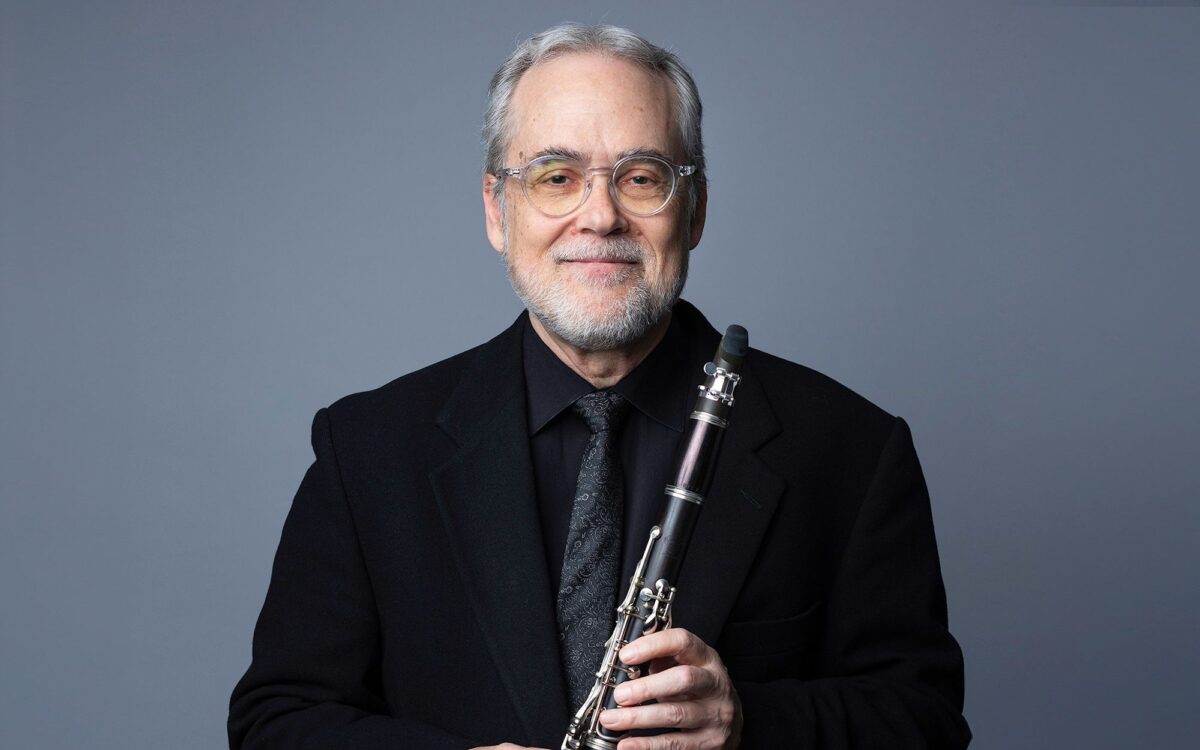Adagio for Strings
Samuel Osborne Barber was born in West Chester, Pennsylvania, on March 9, 1910, and died in New York City on January 23, 1981. His Adagio for Strings originated as the second movement of his String Quartet, Opus 11, composed in 1936 and premiered in Rome that year. His string-orchestra arrangement was premiered by Arturo Toscanini and the NBC Symphony Orchestra on November 5, 1938.
The Adagio is scored for string orchestra—first and second violins, violas, cellos, and double basses. Duration is about 10 minutes.
In the spring of 1935, the young Samuel Barber, having finished his studies at Curtis and already making his mark with works that had been broadcast on the radio and accepted for publication by the distinguished house of G. Schirmer, received the Prix de Rome of the American Academy in Rome, for a year of study in Europe. During his first winter abroad he composed his First Symphony. By the end of spring 1936 he was thinking of a string quartet, particularly for the Curtis Quartet, consisting of friends from his conservatory days, who, he hoped, would give a European tour and play the premiere. In May he joined his lifelong companion, composer Gian Carlo Menotti, and the couple took a house in the highly picturesque environs of St. Wolfgang, a little town about an hour from Salzburg, nestled between glorious mountains and a beautiful lake. There he began seriously to work on his quartet.
But it was slow going. He was painfully conscious of the great tradition of string quartet writing that went all the way back to Haydn. He wrote his teacher Rosario Scalero, exclaiming at the difficulty of the string quartet medium. “It seems to me that because we have so assiduously forced our personalities on Music—on Music, who never asked for them!—we have lost elegance; and if we cannot recapture elegance, the quartet-form has escaped us forever.” But by September 19 he wrote to the cellist of the Curtis Quartet, “I have just finished the slow movement of my quartet today—it is a knock-out!” And that enthusiastic reaction is, if anything, an understatement, when we realize that the slow movement of the quartet was to become world-famous in a string orchestra version as “Barber’s Adagio for Strings.” In the end, he barely completed the finale of the quartet in time for the first performance, in Rome on December 14, 1936, at the Villa Aurelia. Feeling that he had finished the work in too much haste, he reworked it for a performance at the Library of Congress on April 20, 1937; but then he decided to rewrite the finale altogether for the Curtis Quartet’s tour the following spring. Still later, before the work was published, in 1943, Barber wrote a new ending to the first movement and transferred the original ending to the very close of the piece, thus bringing back a reference to the opening at the very end.
But it is the famous Adagio (which shares the opus number 11 with the complete quartet) that concerns us here. Barber extracted the slow movement and arranged it for string orchestra for Arturo Toscanini, who had already shown interest in the composer’s Opus 12 Essay for Orchestra. Toscanini gave the premieres of both the Adagio and the Essay in his NBC Symphony broadcast of November 5, 1938. Since then, the Adagio has tended to serve as a musical commemoration on countless solemn occasions—though it surely needs to be recognized above all for its own intrinsic qualities. The music grows in a serenely elegiac mood out of silence, climbs gradually to an emphatic climax, then slowly dies away again. As Michael Steinberg once wrote: “In these few pages, pages of a confident, easy, and utterly personal concord of a solemnly archaic polyphony and melancholy Romantic passion at high tide, Barber—at 26—created something that has that rare quality of seeming always to have been there.”
Steven Ledbetter
Steven Ledbetter, a freelance writer and lecturer on music, was program annotator of the Boston Symphony Orchestra from 1979 to 1998.
The first BSO performances of Barber’s Adagio for Strings were under Charles Munch’s direction in February 1953 at Symphony Hall, though Malcolm Holmes led an earlier performance with the Boston Pops on May 16, 1949.

